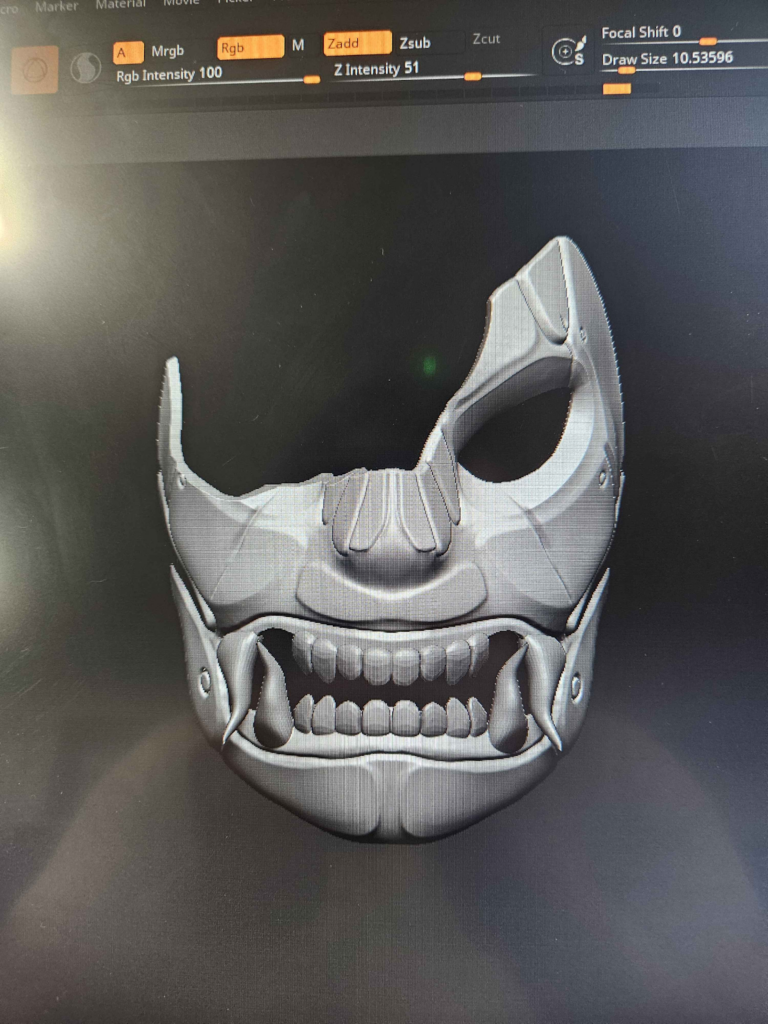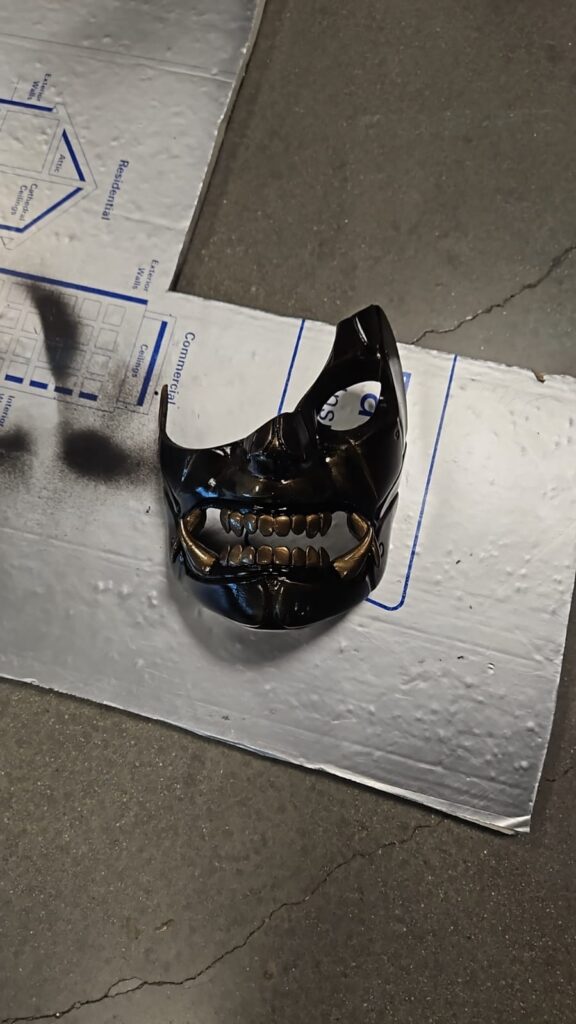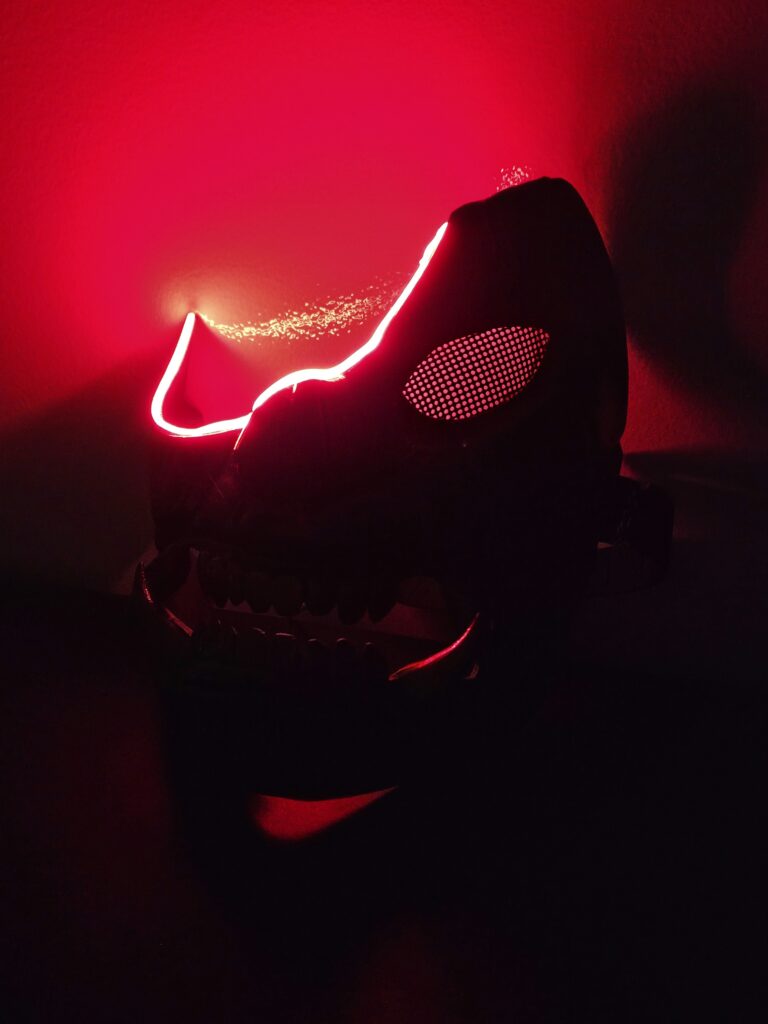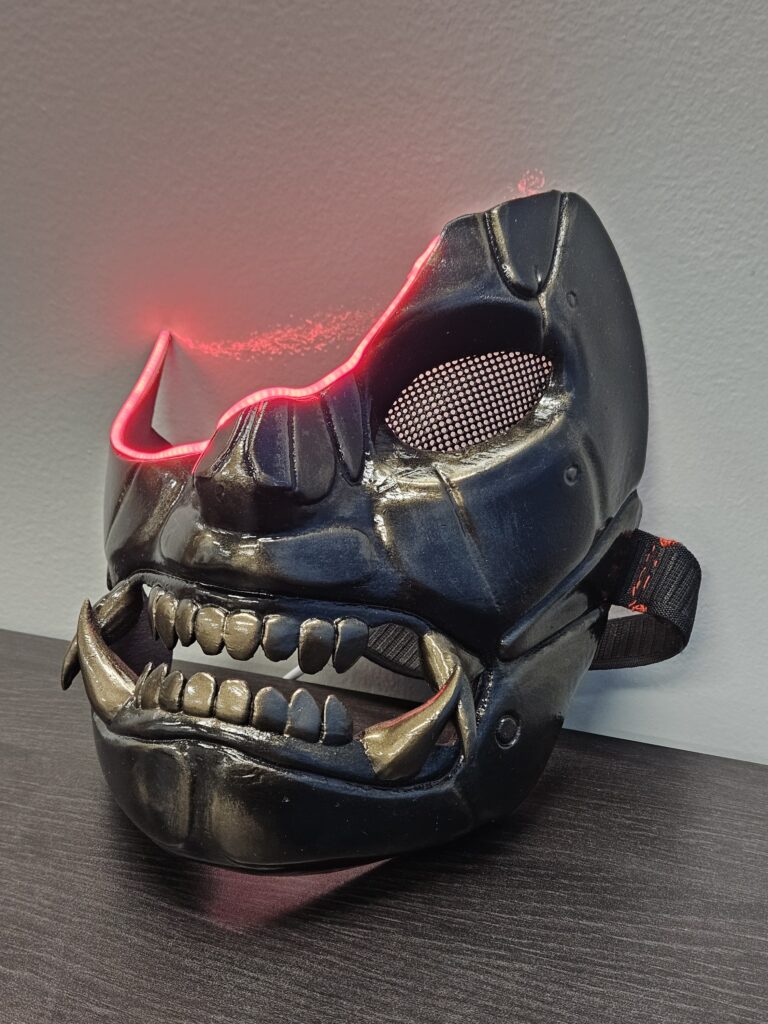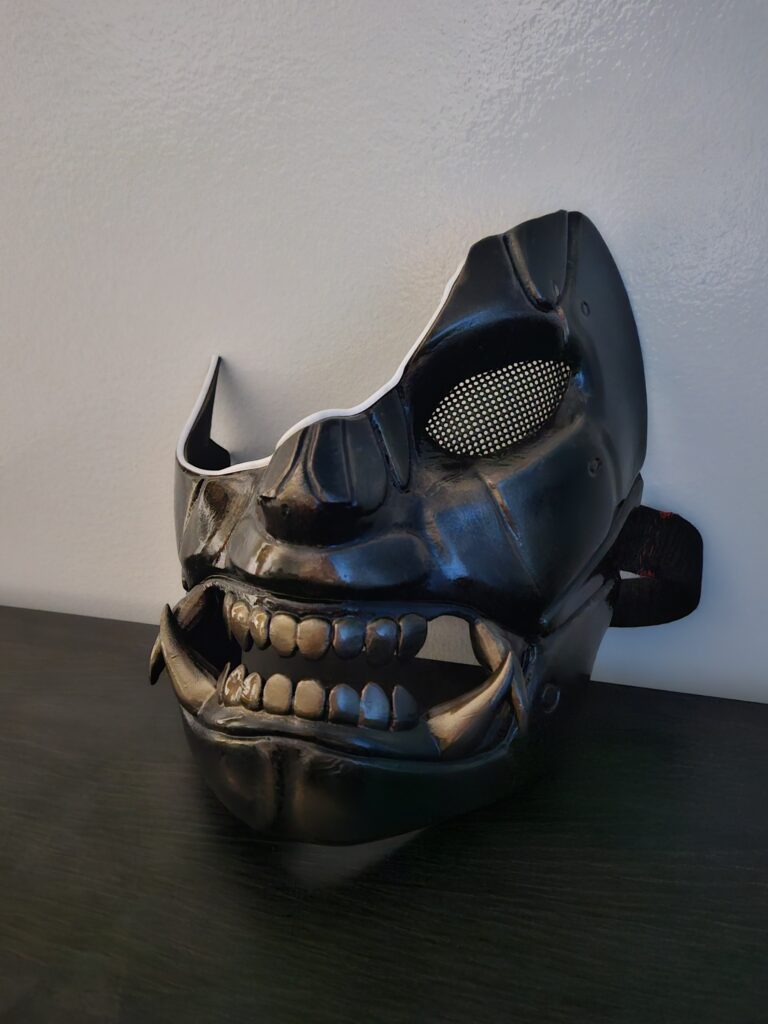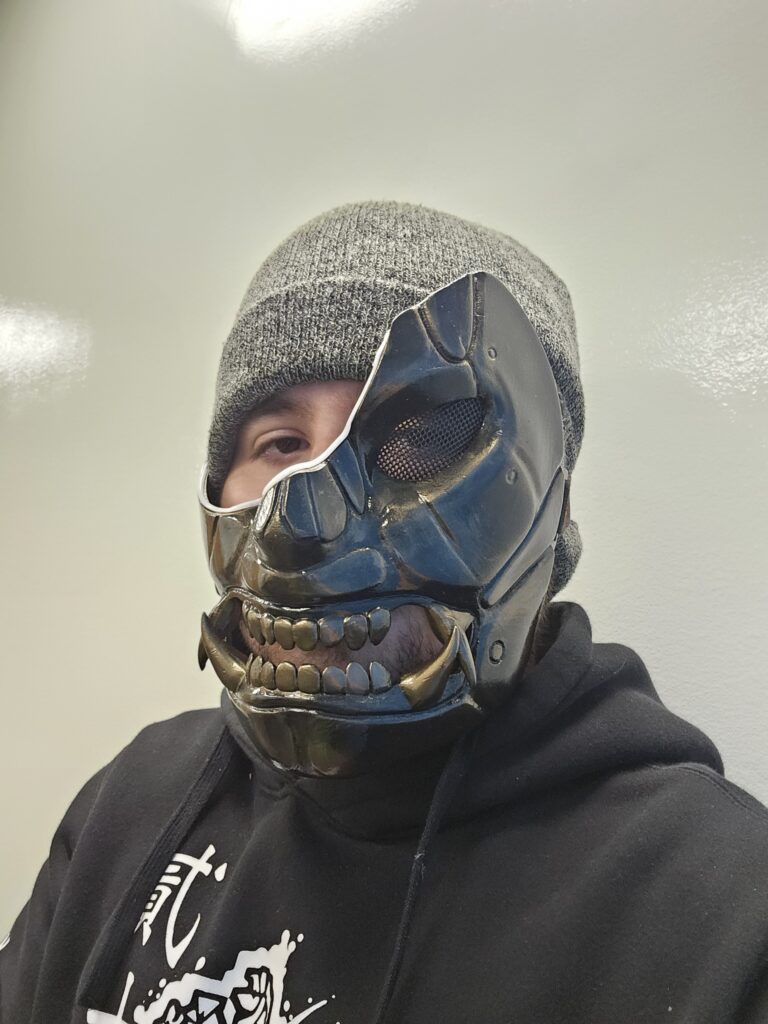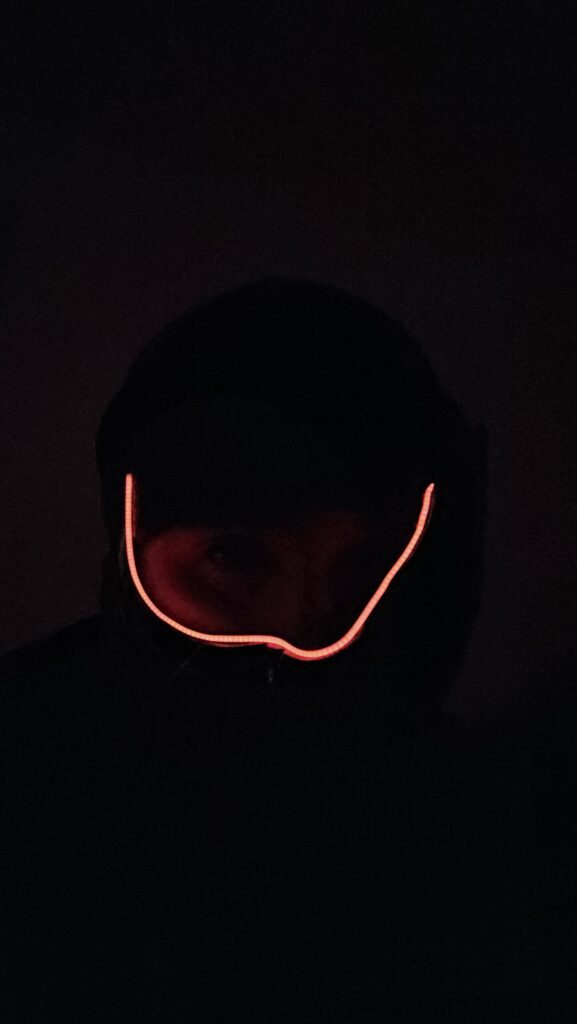Introduction
“In the world beyond man, blackened clouds filled a crumbling sky, as souls broke around me faded. Shattered husks were all that’s left, I alone stood atop the mountain when it was done, refusing to fade away.”
At the time of writing, I am concluding my first additional term beyond the initial four years required here at WPI. My experience at this school has overall been an enriching one, allowing me to gain significant insights into the careers and ideals I wish to pursue. However, it has not been without its challenges, exemplified by the collective experience known colloquially as the “RBE speed-run”, something I had to complete last year. This involves completing three or more of the four high-level RBE classes in a single year, notorious for their demanding projects, complex concepts, and the potential to overwhelm students to the point of changing majors. It is safe to say that I have survived this endeavor, despite the numerous mental and physical challenges it presented, however the experience had left me with such profound emotions, which I find myself compelled to express. The Light art HUA capstone project gave an opportunity to do this, and below is the final account of the mostly completed project.
Concept
Initially, I had two ideas: one that embodied my collective struggles from the previous year and another that illustrated the healing journey I undertook over the summer after. The design of the mask clearly reflects the idea I ultimately chose. This piece is intended to convey the emotional pain I experienced—an inherently human experience—within the mechanical world I inhabited for an entire year. The mask is designed to be wearable, symbolizing the notion of living with pain, with the possibility of healing or removing the mask only when one is truly prepared.
The battle scars and the broken section illuminated with neon lights carry an ironic significance, given the name of the project, however, the mask’s survival despite its damage is meant to mirror my own journey. Initially, I had planned to incorporate an additional speech-responsive light display within the mouth to further enhance its technological aesthetic. However, fate often has a funny way of unfolding, and ironically enough, this project caused me considerable stress when my LEDs malfunctioned after some experimentation. Consequently, due to time constraints, this feature had to be temporarily excluded from the project.
Progress and Challenges
As mentioned in the previous section, this project presented several challenges, the first of which was the 3D modeling itself. Given my lack of recent experience with ZBrush and the ambitious nature of this project, I encountered an interesting conundrum. Initially, progress was slow, as I spent considerable time attempting to transform a generic head sculpt into a usable canvas. However, following a highly insightful meeting with Professor Ralph Sutter, I was able to accelerate my progress. He demonstrated how to extract the necessary geometry from ZBrush’s built-in default models and modify it into the techno-organic shapes I envisioned. Although the final sculpt was not completed until weeks later—requiring multiple modeling sessions exceeding six hours each to achieve the desired level of detail—the end result was ultimately realized, despite some minor issues encountered during the printing process.
Subsequently, I proceeded to the post-processing phase, utilizing both paint and metallic mesh in equal measure. The final finish of the mask was achieved through a four-layer process. The first layer involved a heavy coat of putty primer, which was sanded between applications to eliminate the visible lines from 3D printing. This was followed by a black undercoat and the application of metallic brass pearlescent powder to enhance the details and create a damaged appearance. A glossy finish was then applied to protect the piece during use, and the final layer incorporated metallic mesh cut to fit the eye hole, further contributing to the mask’s mechanical aesthetic.
At this point, I turned my attention to the electronics. While I successfully got the board operational, I encountered an inexplicable issue with the LEDs, which failed to respond to any of my commands. I spent numerous late nights attempting to troubleshoot the problem before ultimately admitting defeat. Fortunately, I had a backup plan: the most critical aspect of the piece was the damaged portion of the mask, intended to symbolize my internal feelings. I had also purchased extra neon-style LEDs on a whim. Thus, as fate would have it, the outcome resulted in the final piece you see today.
Progress Photos
Parts and Materials
Electronics
- Pixelblaze V3 Standard – WiFi LED Controller – ElectroMage Shop (May have to order again)
- Pixelblaze Sensor Expansion Board – ElectroMage Shop (Currently they are out of stock, may have to find alternatives).
Other Materials
Finishes and Paints
Final Results Photos and Video
